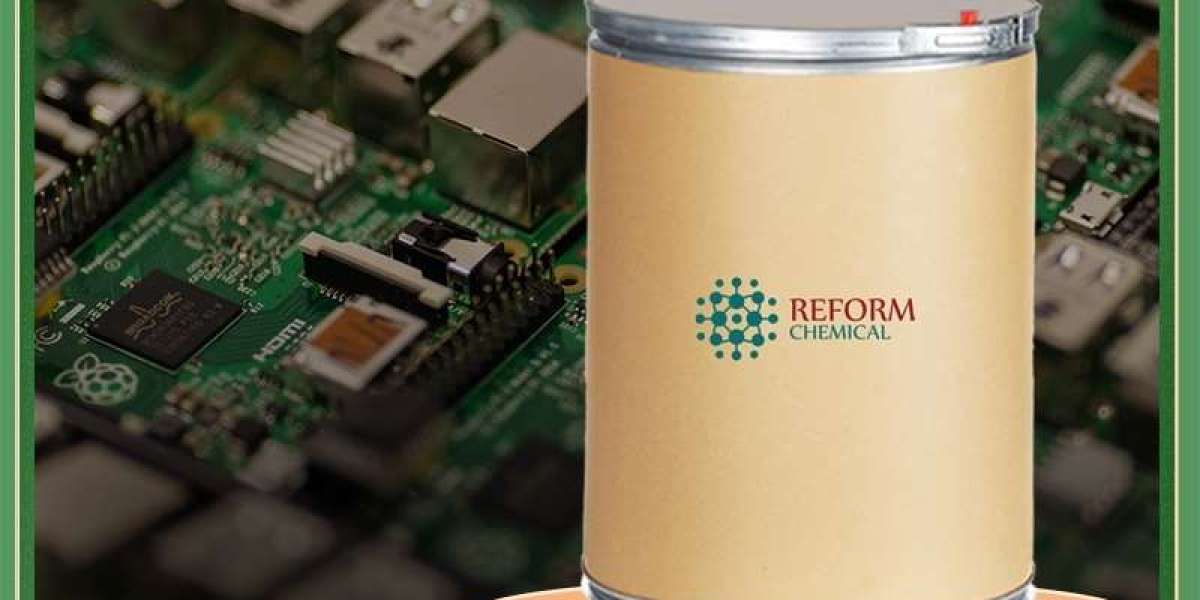The commonly used reagent copper bromide is a light green or blue-white solid, and the complex formed by cubr and dimethyl sulfide is a white solid. Insoluble in water and most organic solvents, partially soluble in dimethyl sulfide.
It is recommended to store it under dry nitrogen or argon gas and place it in a cool place. The complex formed with dimethyl sulfide should be strictly sealed to prevent the dimethyl sulfide from falling off.
The cubr is a precursor of organic Cu (I) or organic Cu (II) reagents, which can be used to synthesize various alkyl or aryl copper reagents. Due to the inevitable presence of trace amounts of Cu (II) salts (resulting in a light green or light blue color) in CuBr reagents, the most commonly used complexes are those coordinated with dimethyl sulfide.
In parallel experiments comparing various copper reagents, it was demonstrated that CuBr-DMS has the best effect. Moreover, using this Cu (I) complex as a precursor for the synthesis of organic copper reagents can also produce better results than cubr itself. The addition of different copper reagents without copper reagents can produce completely different effects.
The chemistry of organic copper using CuBr as the initial raw material is related to the selection of solvents. Ketones with long-chain alkyl bromide substituents at the end undergo conjugated addition reactions in ether DMS solvents under the action of dimethyl copper lithium and lithium bromide.
Usually, CuBr or CuBr-DMS is accompanied by classical organic metal reagents such as Grignard reagent or alkyl lithium participating in the reaction. Different combinations of organic metal reagents with CuBr-DMS can also obtain different reaction results.



